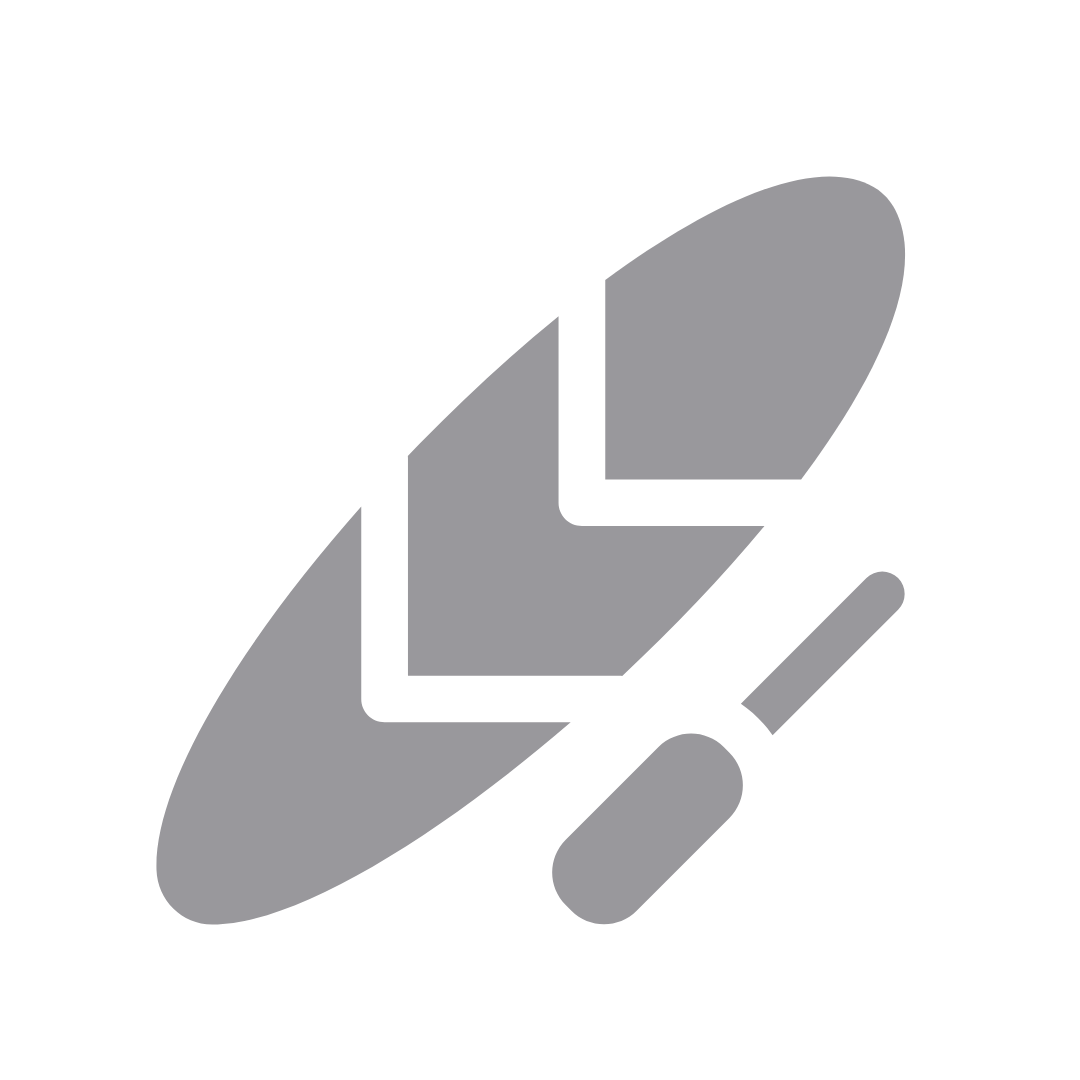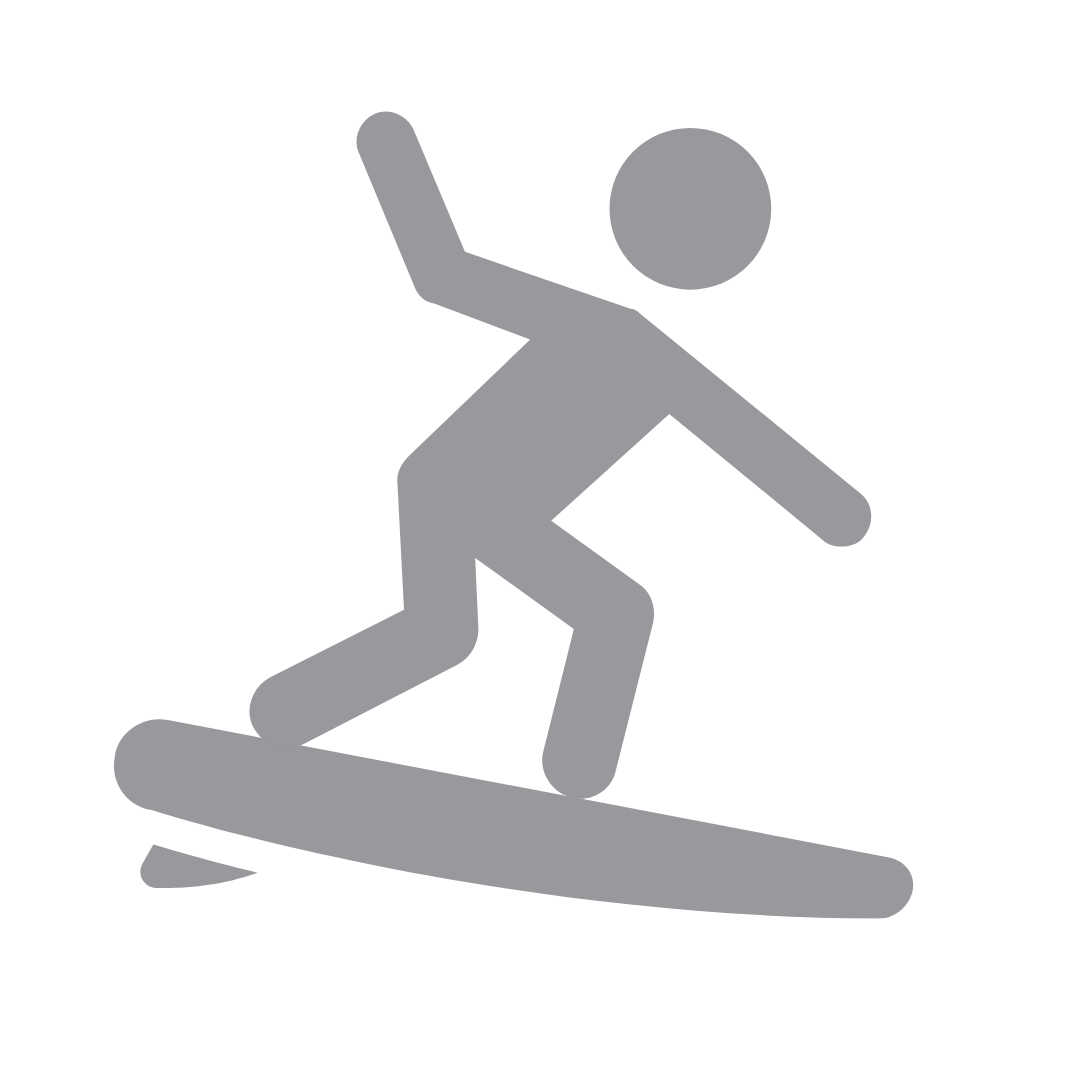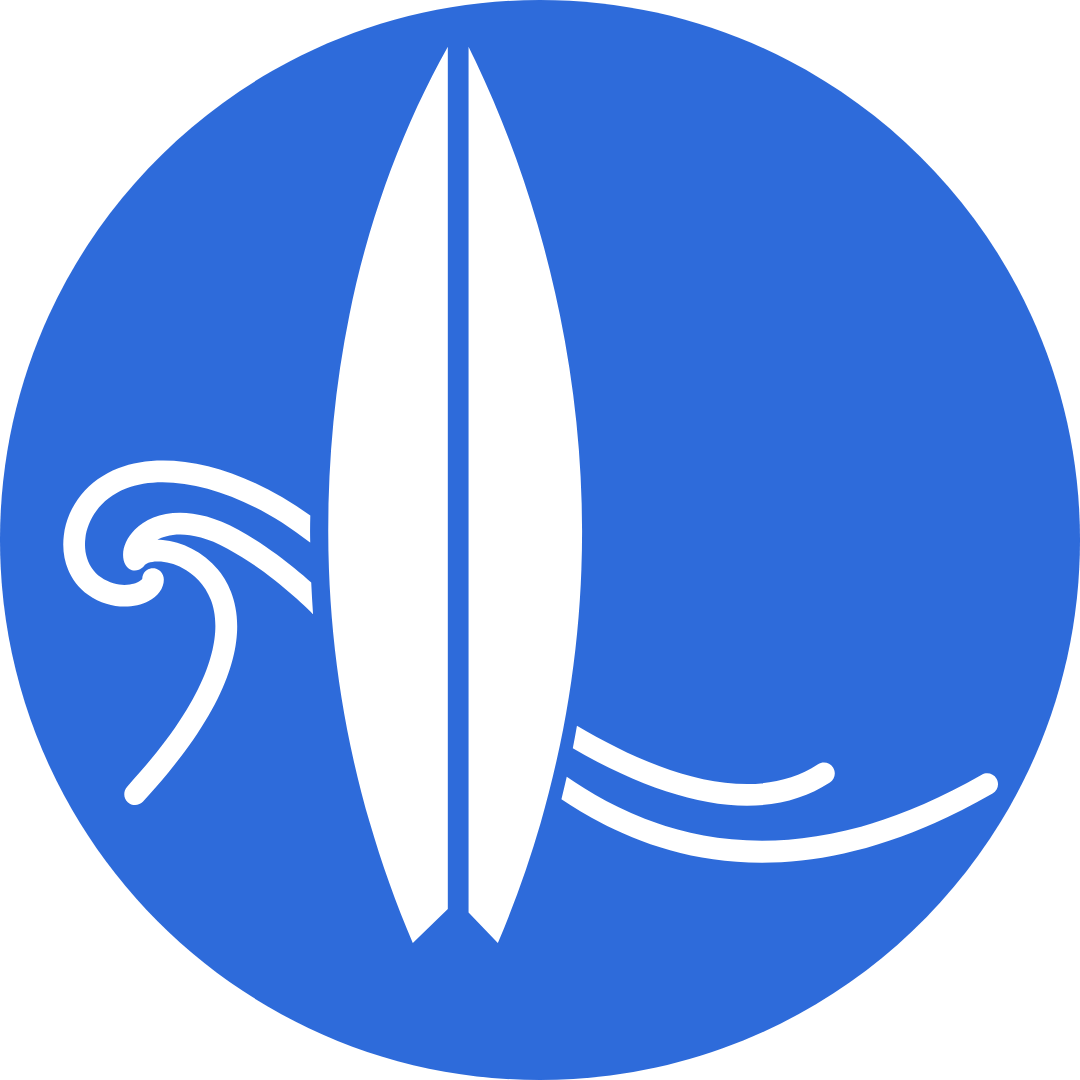Posted by Rick Civelli | 05.05.2011 | WB Surf Camp News
Which Surfboard Is Right For You? A Beginners Guide to Surfboard Design
Surfboards come in a variety of shapes and sizes; each board is suitable for a specific wave shape, skill level, and style of riding. As a beginner, selecting the right surfboard is critical, and can either make or break your session. There’s much more in choosing a surfboard than finding the color and design you like. It helps to remember that the goal is to learn how to surf, rather than to look cool and stay up to date on the latest gear. A common mistake that  beginners make, is starting out on the same boards the experts are riding. If you go to any surf shop, the latest cutting edge boards are always on display under glistening lights. As beautiful as they are, it’s important to make an assessment of where you are as a surfer and choose the board that best suits your skill level. Below are descriptions of the three most common surfboard shapes. Each design is modified for specific wave conditions and riding techniques.
beginners make, is starting out on the same boards the experts are riding. If you go to any surf shop, the latest cutting edge boards are always on display under glistening lights. As beautiful as they are, it’s important to make an assessment of where you are as a surfer and choose the board that best suits your skill level. Below are descriptions of the three most common surfboard shapes. Each design is modified for specific wave conditions and riding techniques.
Long Boards generally range from 8’ 6” to 10’0 in length and have high volume and width. These are the best boards to start out on as a beginner. Larger and wider boards provide more buoyancy, allowing for an enhanced ability to catch waves especially in small or weak conditions. Once a beginning surfer learns how to paddle the board through the whitewater, a long board can be a great board for learning. Many long boards come with a soft-top deck that does not require waxing the top surface. These are recommended for beginners because it will not do as much damage if you accidentally hit the deck with your body parts.
Fun Boards are a good cross between a long and short board. They are easier to turn than a long board but are much more buoyant than a short board, making it fairly easy to catch a wave. These boards offer easier paddling capability than short boards and usually range from 7’ to 8’ 6” in length. Fun boards usually have a rounded nose similar to long boards and range from 2 1/2″ to 3″ in thickness. They are called fun boards because they are fun for all surfers who want easier paddling and more dynamic wave-riding capabilities in mushy conditions. This is the perfect board for someone who is comfortable surfing a long board and wants to experience more maneuverability on the wave.
Short Boards are fast, light, and highly maneuverable, although they require an experienced surfer. Short boards have very little buoyancy, which makes them harder to paddle and catch waves. “Thruster” is another term for the short board and they usually range anywhere from 5’6” to 6’4”in length and between 16” and 19” in width. These are the most common boards used for shredding and contest-style surfing. Short boards feature a narrow nose for pressing over the ledges of pitching waves and offer a narrow tail for carving deep bottom turns and cutbacks. If your goal is to make fast turns and move up and down the face of the wave quickly, a short board should be used. As a beginner you should never start out with a short board.
used for shredding and contest-style surfing. Short boards feature a narrow nose for pressing over the ledges of pitching waves and offer a narrow tail for carving deep bottom turns and cutbacks. If your goal is to make fast turns and move up and down the face of the wave quickly, a short board should be used. As a beginner you should never start out with a short board.
Each surfboard has its own unique characteristics, each suitable for certain riders and wave conditions. If your journey as a surfer is just beginning it’s best to receive professional instruction and start on the right equipment. WB Surf Camp’s private surfing lessons include one on one instruction on the beach and in the water, ensuring your safety and optimal learning curve. The journey of a surfer is a never-ending learning curve, continually evolving through time.







 RENTALS
RENTALS LESSON
LESSON CAMPS
CAMPS ABOUT
ABOUT SHOP
SHOP